Are you frustrated because your lead ads are getting low reach and your results just don’t match your expectations? You’re not alone—businesses and marketers everywhere are finding it harder than ever to get their lead ads seen by the right audience. The good news? There are proven solutions to overcome low ad reach and dramatically improve your campaigns. In this post, you’ll find out exactly why your lead ads are getting low reach on platforms like Facebook, Instagram, and beyond. Better yet, you’ll get expert-backed strategies that will help you fix reach issues fast—so you can start generating the leads your business deserves. This guide will tackle missteps, algorithm updates, real-life examples, and actionable steps, ensuring you leave with a plan that works in 2024.
What is “Why Your Lead Ads Are Getting Low Reach”?
Before we explore the specific causes, let’s clarify what we mean by “why your lead ads are getting low reach.” At its core, reach measures how many unique users have seen your ad at least once during your campaign. When your lead ads (such as Facebook Lead Ads or LinkedIn Lead Gen Forms) are “getting low reach,” it means not enough people are seeing them, which drastically limits your opportunity to attract new leads and meet your goals.
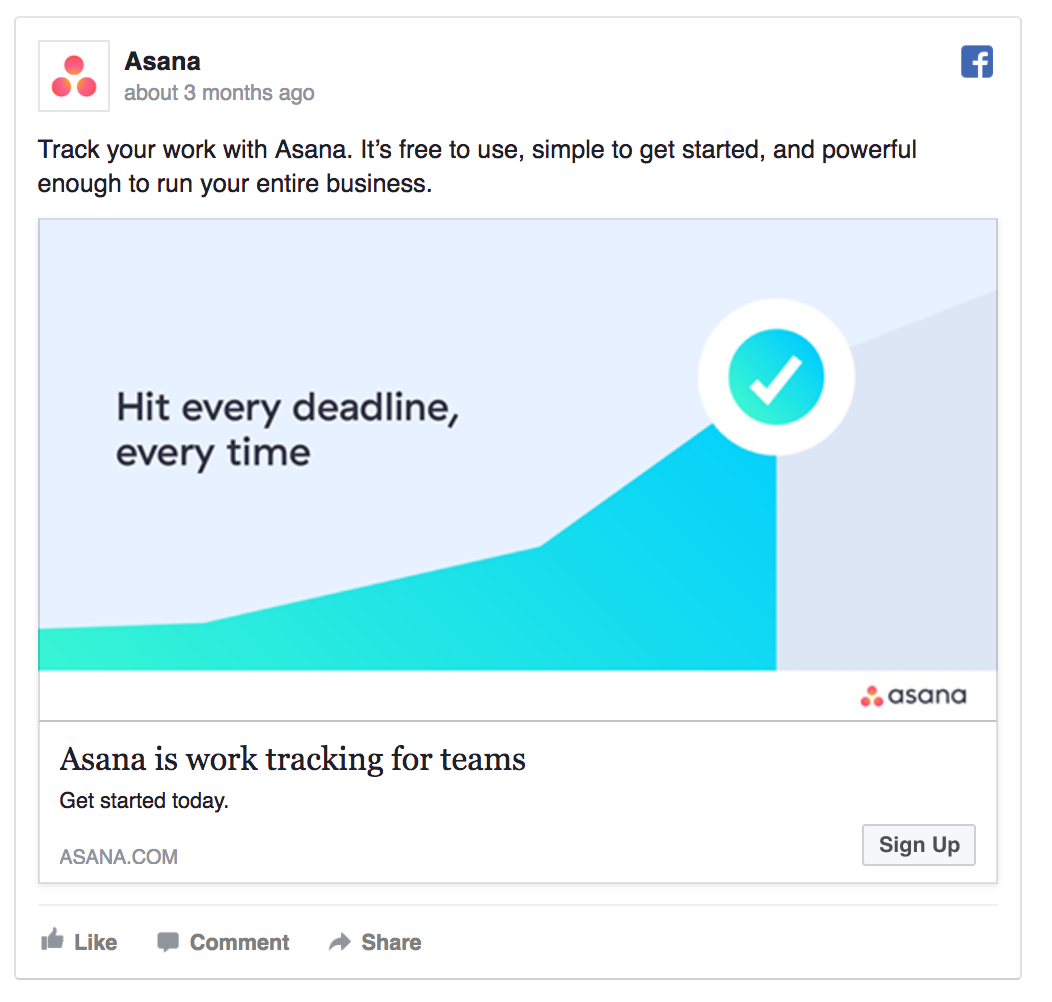
Low reach can happen for many reasons—algorithm changes, poor targeting, budget constraints, ad fatigue, and technical errors, among others. If your campaign stats show impressions far below your expectations or industry averages, you’re likely running into these reach issues. Understanding the root causes is crucial to fixing them and achieving your advertising objectives.
Why Does Reach Matter for Lead Ads?
- More reach = more leads: The higher your reach, the more potential customers are exposed to your offer.
- Lower costs: When your reach is healthy and growing, you’ll often see lower cost per lead (CPL) and better ad efficiency.
- Healthy algorithmic signals: Broad and engaged reach tells Facebook/Meta, LinkedIn, and Google that your ad is relevant—which helps future campaigns.
- Wider data sampling: A broader audience means the platform’s AI/ML can optimize more effectively over time.
- Improved brand awareness: Even among those who don’t convert, reach grows brand recognition and trust.
If your lead ads are getting low reach, you’ll likely notice a direct impact on pipeline, sales, and long-term customer acquisition. That’s why understanding how reach works—and repairing it—is so valuable.
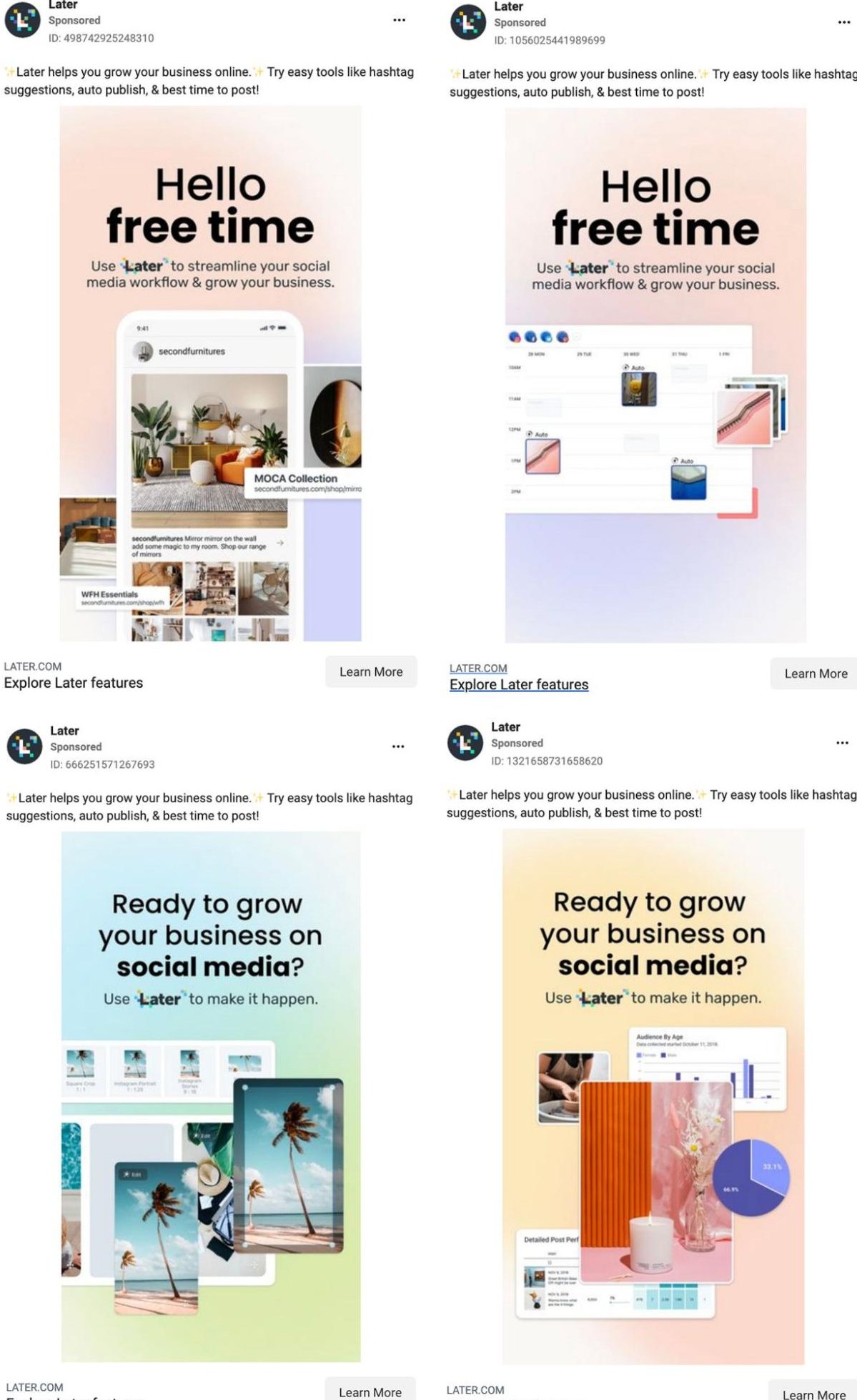
Use Cases & Real-World Scenarios: Low Reach in Action
To really understand why your lead ads are getting low reach, let’s look at some scenarios marketers posted on forums and industry blogs:
- Case 1: Sudden Drop After Campaign Launch
A B2B company launched a Facebook lead ad retargeting campaign. Despite proven creatives, their impressions plunged after two days. The culprit? Overlapping audience exclusions and a narrow daily budget throttled reach. - Case 2: Consistent Low Reach on Instagram Leads
An ecommerce brand ran lead ads on Instagram Stories. Their reach and volume of leads tanked compared to similar cold campaigns. Investigation revealed oversaturated audience targeting (with too much frequency) and bad placement selections. - Case 3: Facebook Algorithm Change Hits Local Business
A local gym’s Facebook lead ads saw reach and engagement nosedive after Facebook changed their algorithm, prioritizing ads with high engagement rates and penalizing repetitive copy.
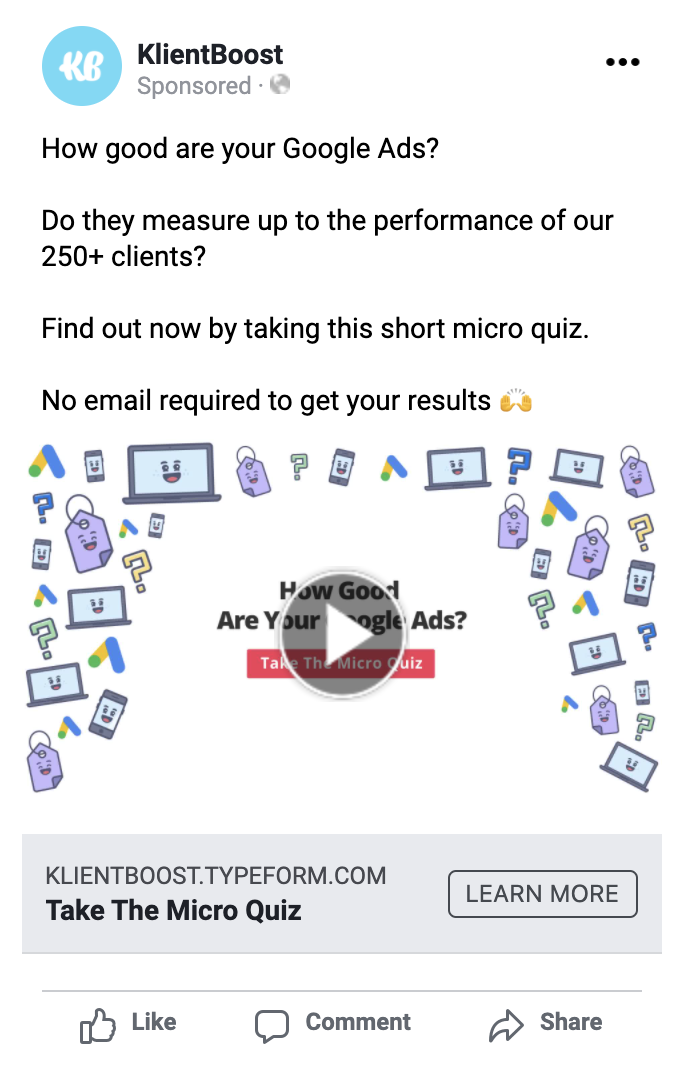
These real-world examples highlight that low reach is a common challenge—yet it’s still fixable with the right knowledge and action.
Step-by-Step: Fixing Why Your Lead Ads Are Getting Low Reach
Ready to boost the reach of your lead ads? Below is a systematic process, inspired by expert discussions on Reddit, Quora, and top digital marketing blogs:
1. Audit Your Targeting & Audience Size
The #1 reason your lead ads are getting low reach is excessively narrow or overlapping audience settings. Review:
- Is your saved audience too specific? (Try broadening age, interests, or locations.)
- Are you excluding vital audience segments unintentionally?
- Is there audience overlap with other active ads?
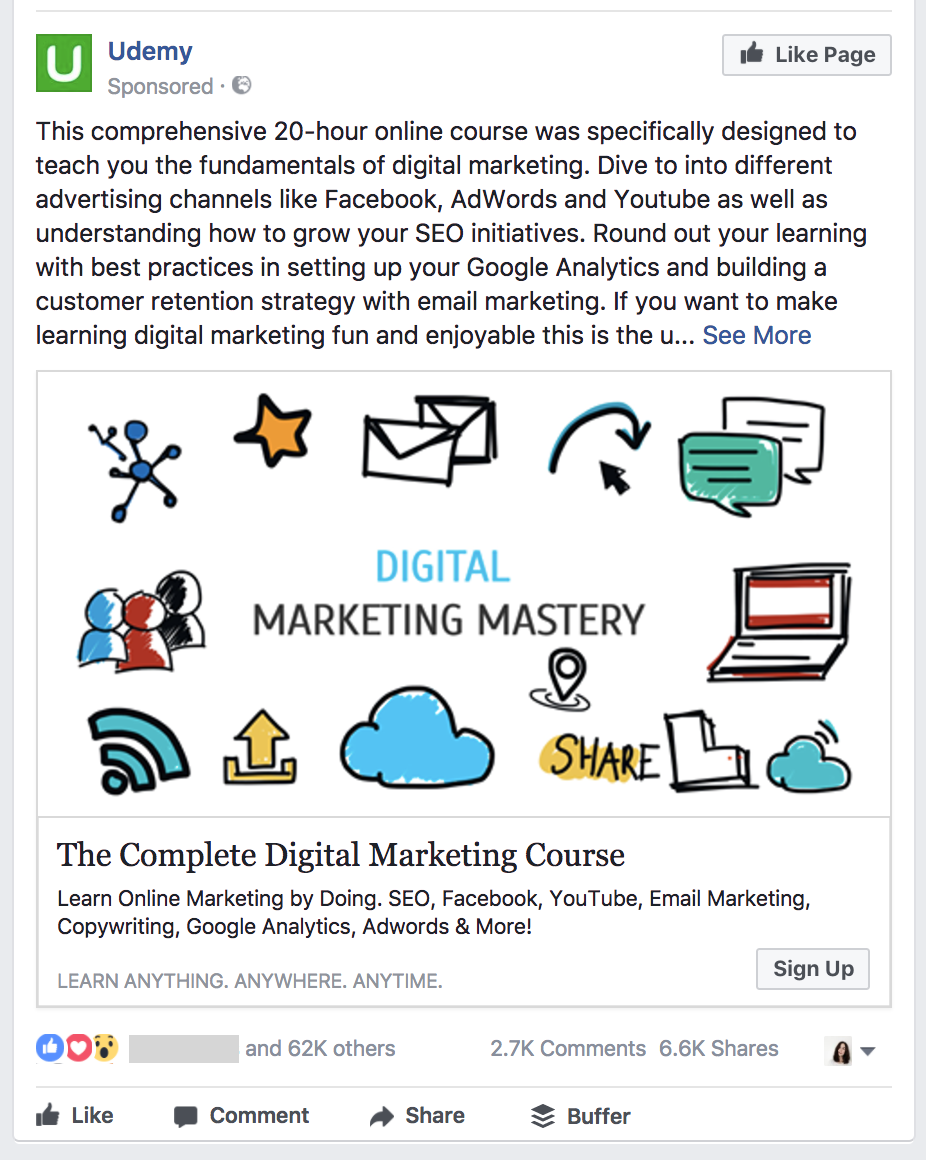
2. Check Budget & Delivery Settings
Low budget allocations, restricted placements, or tight daily spend caps are frequent culprits. Consider:
- Is your bid strategy too cautious? Try switching from manual to automatic for more flexibility.
- Are your daily or lifetime budgets sufficient to reach your intended audience size?
- Remove unnecessary daily or time-of-day limits to allow the algorithm to spend efficiently.

3. Refresh Your Creatives & Copy
Ad fatigue is real. If too many people see your lead ad and ignore it, the platform deprioritizes its delivery. Steps to try:
- Update your headline, imagery, and call-to-action (CTA).
- Test new offers—switch from “Get a Free Quote” to “Download a Free Guide.”
- Rotate in videos, carousel images, or user-generated content to reinvigorate engagement.
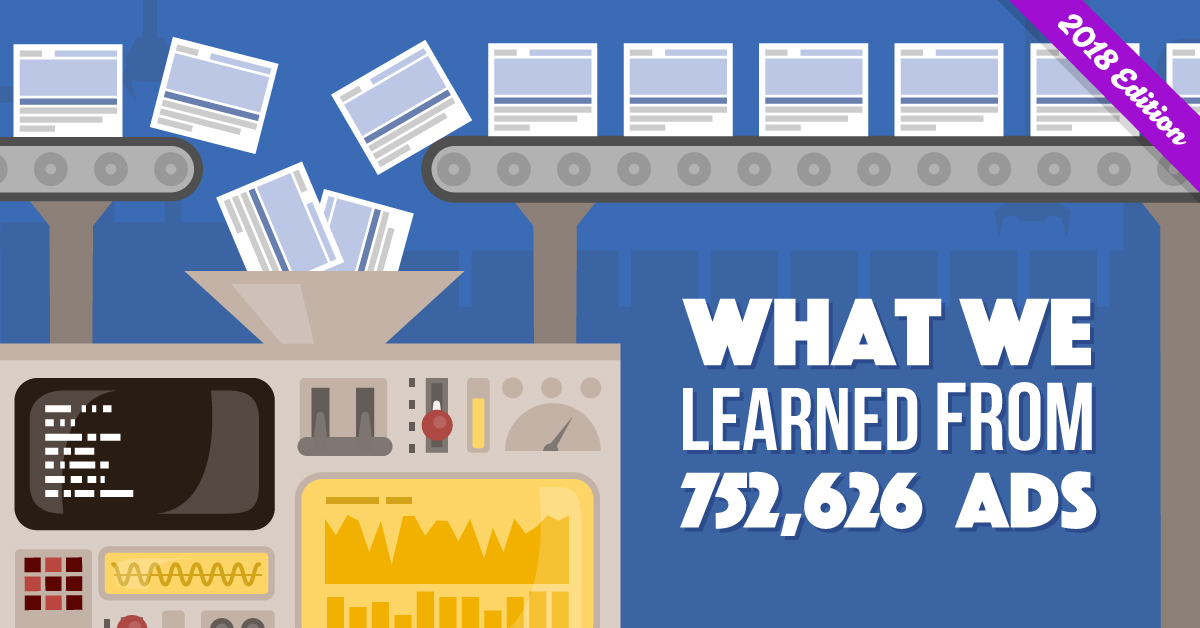
4. Optimize for Ad Quality & Relevance
Low engagement or negative feedback signals (hides, “report ad” clicks) will sink your reach. Focus on:
- Sharpening your ad relevance score: Leverage offers that align with your audience’s actual pain points.
- Keeping ad copy crisp and non-spammy.
- Adding clear, persuasive CTAs that drive action.

5. Fix Technical & Policy Problems
Sometimes, your ads are getting low reach because of compliance issues or broken ad setups. Always check:
- Are your ad images and copy compliant with platform policies (no banned content, no excessive text)?
- Is your lead form easy to submit, and do all links work?
- Have you received any quality/approval warnings in Ads Manager?
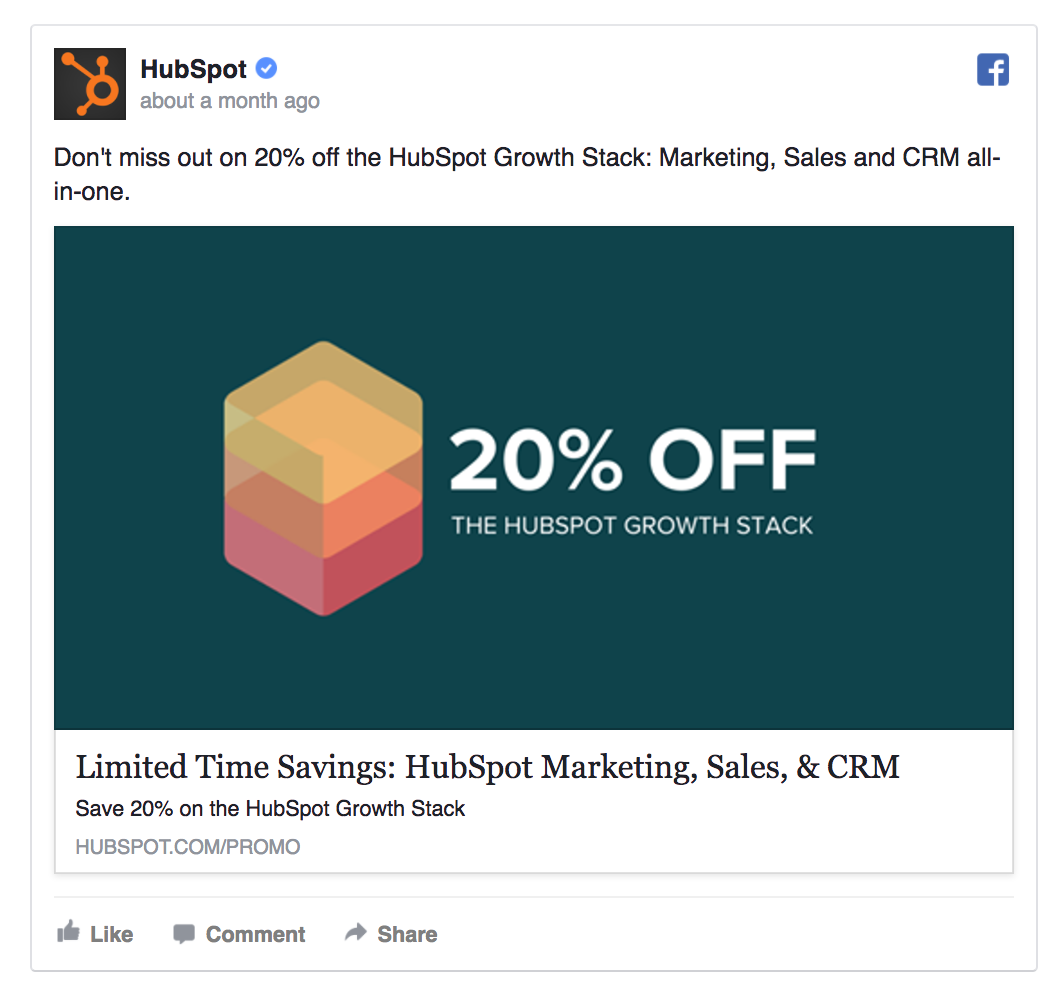
6. Scale Up Placement and Testing
The best lead gen pros know: Don’t rely on just one placement or campaign. To boost reach:
- Test multiple placements—Feed, Stories, Marketplace, Audience Network.
- Duplicate your winning ads to different ad sets with varied audiences.
- Leverage A/B testing to discover what creative, copy, and targeting ratios deliver highest reach and conversion.
Challenges, Myths, and Common Objections About Low Reach for Lead Ads
Let’s debunk some widespread myths and confront the most frustrating objections when your lead ads are getting low reach:
- Myth: “Only old ad accounts get good reach.” (Reality: Any account, new or old, can boost reach with the right structure.)
- Myth: “If you raise your budget, reach jumps tomorrow.” (Reality: Sometimes higher budgets without other changes worsen results. Fix creative and audience first.)
- Myth: “Niche targeting always limits reach.” (Reality: Specificity can work—just widen the top of funnel where needed, then retarget.)
- Objection: “It’s just Facebook’s algorithm; nothing I do will help.” (Reality: While algorithms factor in, creative action and optimization always matter.)
- Myth: “Lookalike audiences are dead.” (Reality: Lookalikes built from high-quality seed lists still drive excellent reach and efficiency on many platforms.)
Frequently Asked Questions: Why Your Lead Ads Are Getting Low Reach
1. Why are my Facebook lead ads getting such low reach suddenly?
Sudden drops in reach often stem from algorithm shifts, poorly timed campaign scheduling, excessive ad overlap, or creative fatigue. Facebook can also deprioritize your ads if they get negative engagement or violate policies.
2. How does audience targeting affect lead ad reach?
If your audience is too narrow or overlaps with other campaigns, your ad will show to fewer users. Broaden your targeting and experiment with different interest and lookalike audiences to boost your reach.
3. What budget is needed for effective lead ad reach?
The ideal budget depends on audience size, placement, and competition. Generally, allocate enough daily/lifetime spend that allows the platform to fully deliver; too little, and your reach will be throttled.
4. Can creative ad fatigue cause low reach for lead ads?
Absolutely. When your audience sees the same ad too often without taking action, the platform recognizes low engagement and reduces delivery. Refresh your creatives regularly to solve this.
5. How do placement settings influence reach?
Limiting your ad to just one or two placements (like only Feed or only Stories) restricts who can see your ad. Using automatic placements usually maximizes reach and lowers costs per lead.
6. Does ad relevance score impact reach?
Yes, a low relevance score signals the platform to deprioritize your lead ad, shrinking its reach. High relevance scores are achieved when your ad resonates well with your audience.
7. What technical issues can cause low reach?
Disapproved ads, broken form links, non-compliant images, missing privacy policies, or campaign errors can drastically restrict delivery. Review Ads Manager and troubleshoot these first.
8. Does boost-posting or automatic bidding help improve reach?
Boosting posts can briefly increase reach, but sustainable improvements come from full-funnel campaigns with optimized ad sets. Automatic bidding can improve reach if you give the algorithm enough freedom.
9. How often should I refresh my lead ad creatives?
To keep frequency and engagement high, plan to refresh creatives every 2–4 weeks, or whenever you notice declining reach and increasing cost per lead.
10. What’s the difference between reach and impressions on my ads?
Reach is the count of unique users who see your ad; impressions are the total number of times your ad was shown (including repeats to the same user). High impressions but low reach means your ad is being shown repeatedly to the same small audience.
Conclusion: Start Improving Your Lead Ad Reach Today
If you’re wondering why your lead ads are getting low reach, it’s not just you—competition, algorithm changes, and creative fatigue impact everyone. The key is to take action using the proven fixes in this guide:
- Broaden your audience targeting
- Ensure your budgets and delivery settings are sufficient
- Consistently update creatives and offers
- Monitor and optimize relevance scores
- Address technical and policy issues fast
- Test, iterate, and scale your winners
Start today: Audit your current campaigns, apply these best practices, and you’ll soon see your reach, engagement, and conversion rates climb. For more step-by-step digital marketing help, check our other guides at Digital with Sandip. And remember: every tweak can make a difference. Don’t settle for low reach—unlock your lead ads’ true potential now!
